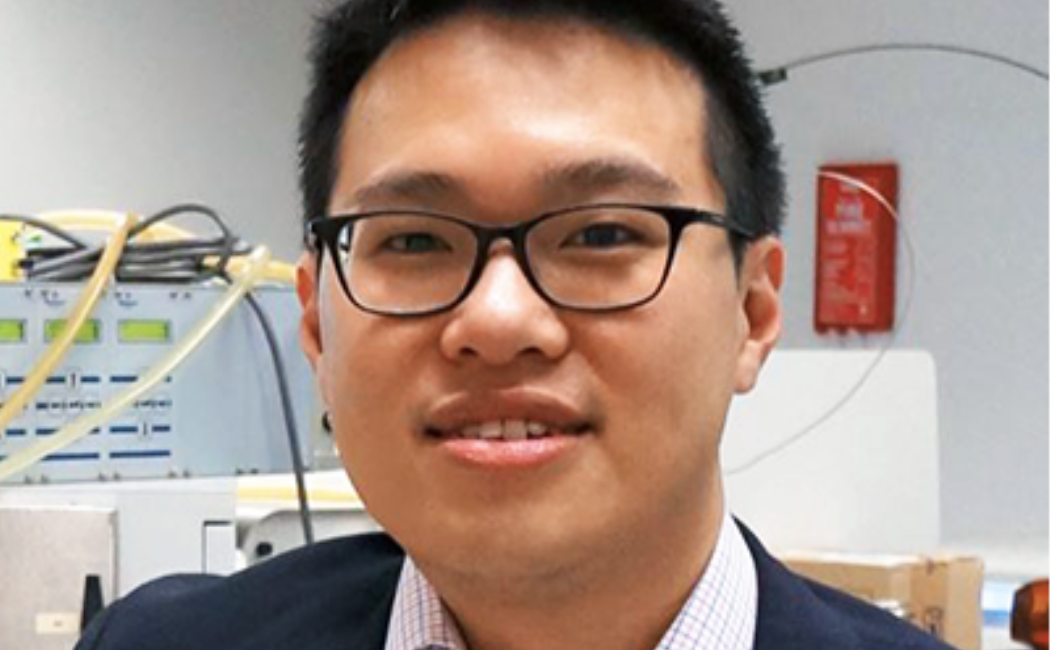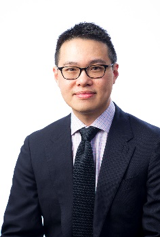



Achieving sustainability in the 21st century is a herculean task that stretches just about every corner of science and technology, where energy, environmental, and food securities matter [1-3]. The most pressing deadlock, based on existing solutions, is our over-reliance on fossil fuels to tackle the above issues, which in turn becomes paradoxical to the overall solution. As such, sustainable processes powered by renewables, particularly that of solar energy, are poised to become future solutions. The presentation will begin with simple concepts of semiconductor photocatalysis as a medium for harnessing solar energy and converting to redox-usable entities [4]. The design of thiolated Au nanoclusters, a new class of photocatalysts, that can effectively remove a wide range of endocrine disruptors and pesticides under visible light will be described [5]. The interfacial charge separation was the essential step, which concept is reminiscence of the antimicrobial photoswitching of nanosilver [6]. Most recently, we further identified and overcome the rate limiting step of the Au nanoclusters photocatalyst, allowing an unprecedented 40-fold enhancement in the removal rate of endocrine disruptors! The potentials of extending photocatalysis to recover energy from wastewater, be it in the form of chemical or electrical energy, will be demonstrated [7,8]. Lastly, as part of the ongoing effort in the reduction of carbon dioxide [9], we established the rational design of Bi-based core-shell cocatalysts for the conversion of carbon dioxide to solar fuels, where depending on the energy levels of the conduction band potentials, it is possible to tune the selectivity of the final products.
[1] Gong, X., Liu, G., Li, Y., Yu, Y.W.D., Teoh, W.Y., Chem. Mater. 28 (2016) 8082Wey Yang Teoh is currently senior visiting fellow (since 2018) at the School of Chemical Engineering, The University of New South Wales. Prior to this, he was a tenured associate professor at the School of Energy and Environment, City University of Hong Kong, where he led the Clean Energy and Nanotechnology (CLEAN) Laboratory. His research is dedicated to the fundamentals of heterogeneous thermal- and photocatalysis, and particularly in solving various energy and environmentally-related problems. To do so, he and his group establish new strategies for rational catalysts design based on the photocharge transport, surface molecular catalysis, and photochemical conversions. He serves on the scientific board of HeiQ AG, a leading Swiss innovator in textiles.